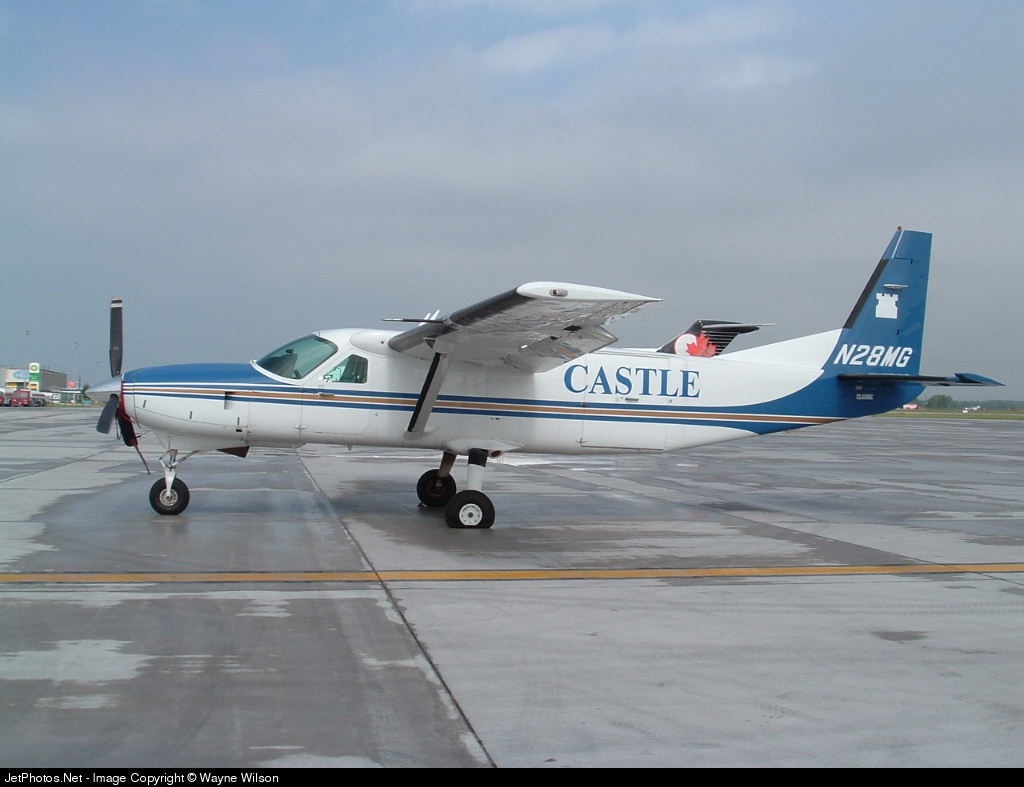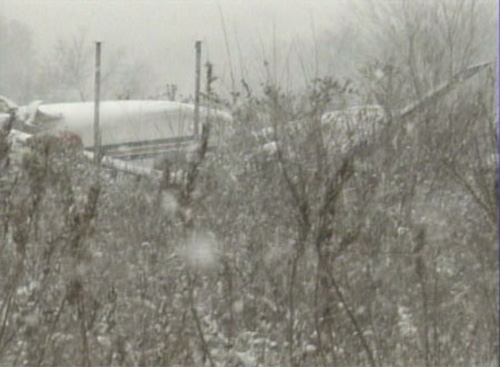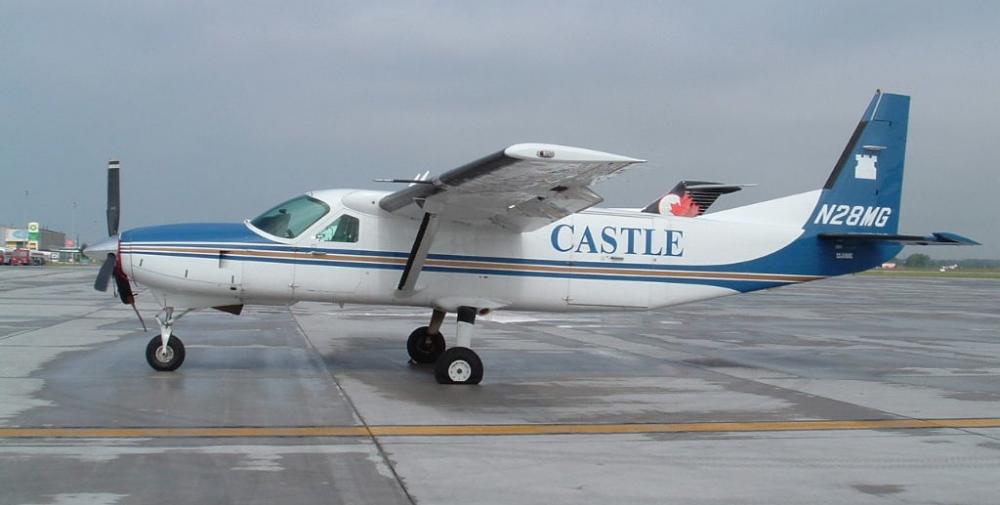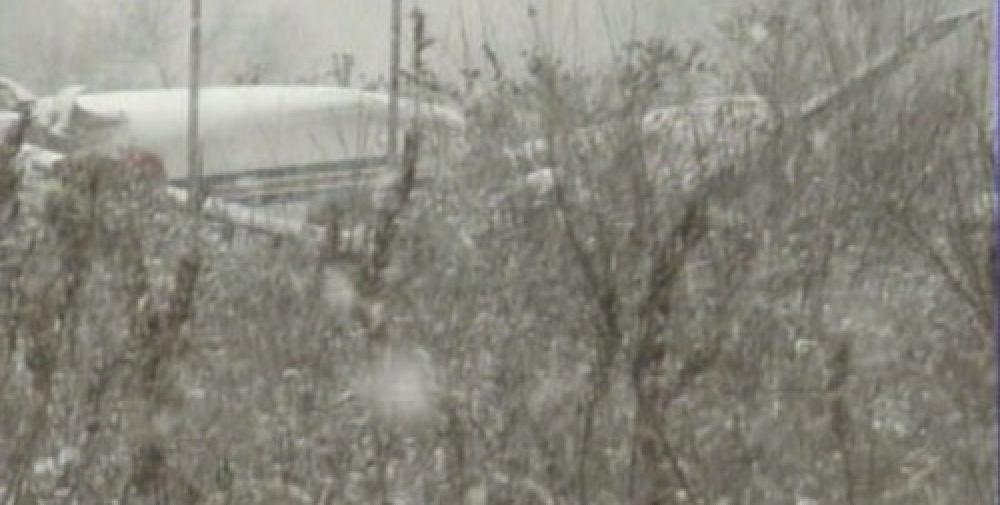Date & Time:
Dec 5, 2007 at 0651 LT
Type of aircraft:
Cessna 208B Grand Caravan
Registration:
N28MG
Flight Phase:
Takeoff (climb)
Flight Type:
Cargo
Survivors:
No
Schedule:
Columbus - Buffalo
MSN:
208B-0732
YOM:
1999
Country:
United States of America
Region:
North America
Crew on board:
1
Crew fatalities:
1
Pax on board:
1
Pax fatalities:
1
Other fatalities:
0
Total fatalities:
2
Captain / Total hours on type:
200
Aircraft flight hours:
9936
Aircraft flight cycles:
9033
Circumstances:
The cargo flight was departing on its fourth flight leg of a five-leg flight in night instrument conditions, which included a surface observation of light snow and a broken ceiling at 500 feet above ground level (agl). One pilot who departed just prior to the accident flight indicated that moderate snow was falling and that he entered the clouds about 200 feet agl. The accident airplane's wings and tail were de-iced prior to departure. Radar track data indicated the accident flight was about 45 seconds in duration. An aircraft performance radar study indicated that the airplane reached an altitude of about 1,130 feet mean sea level (msl), or about 400 feet above ground level, about 114 knots with a left bank angle of about 29 degrees. The airplane descended and impacted the terrain at an airspeed of about 155 knots, a pitch angle of -16 degrees, a left roll angle of 22 degrees, and a descent rate of 4,600 feet per minute. The study indicated that the engine power produced by the airplane approximately matched the engine power values represented in the pilot's operating handbook. The study indicated that the required elevator deflections were within the available elevator deflection range, and that the center-of-gravity (CG) position did not adversely affect the controllability of the airplane. The study indicated that the load factor vectors, the forces felt by the pilot, could have produced the illusion of a climb, even when the airplane was in a descent. The inspection of the airframe and engine revealed no anomalies that would have precluded normal operation.
Probable cause:
The pilot's failure to maintain aircraft control and collision avoidance with terrain due to spatial disorientation. Contributing to the accident were the low cloud ceiling and night conditions.
Final Report:
N28MG.pdf113.03 KB




